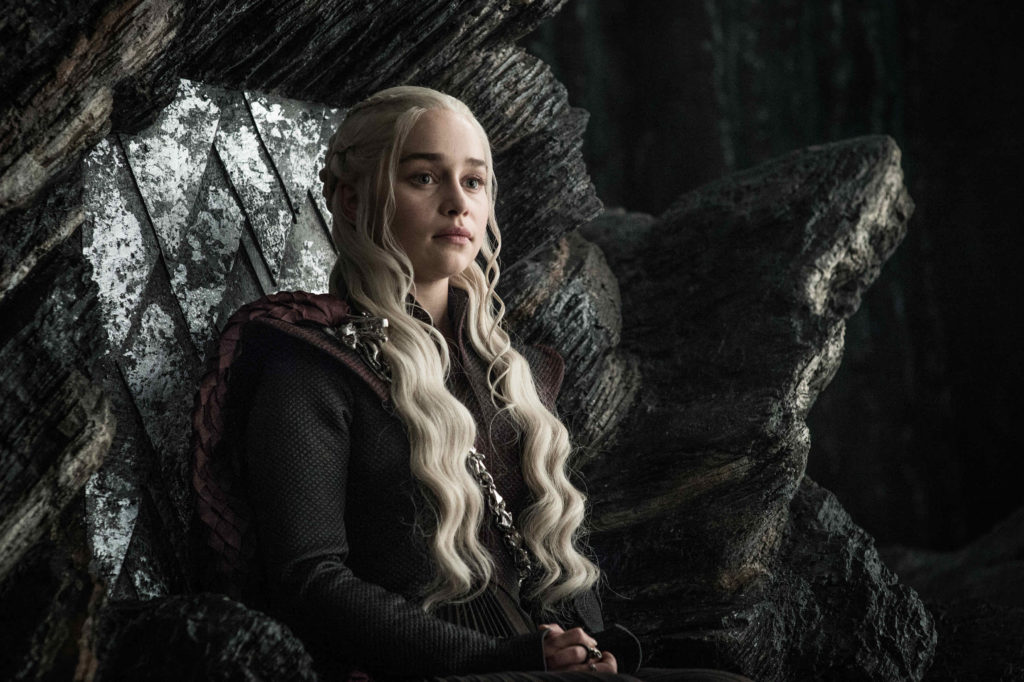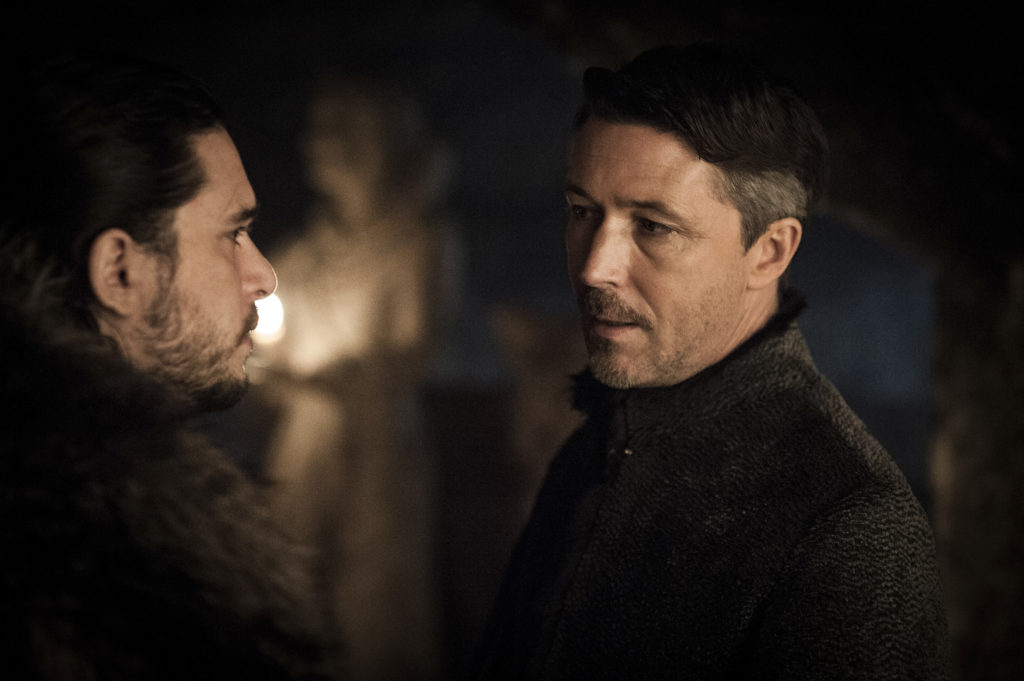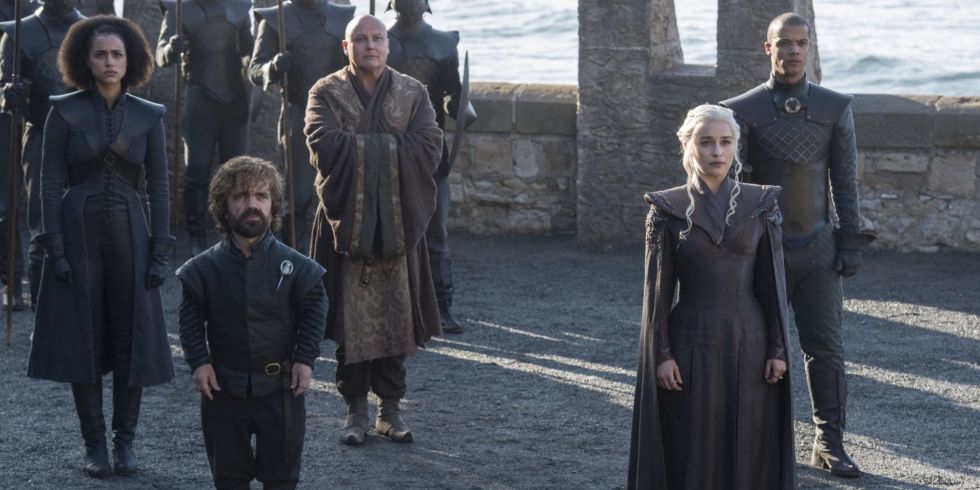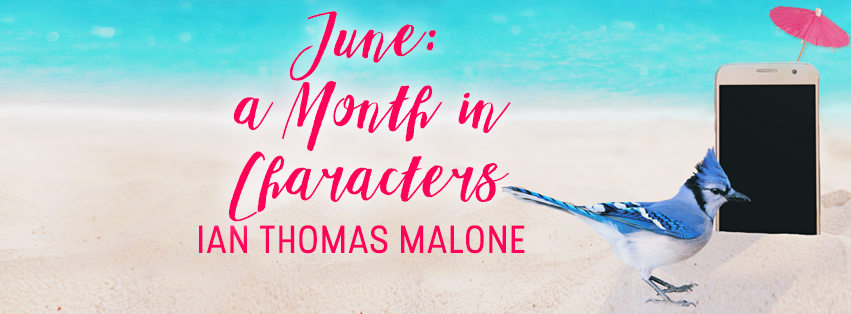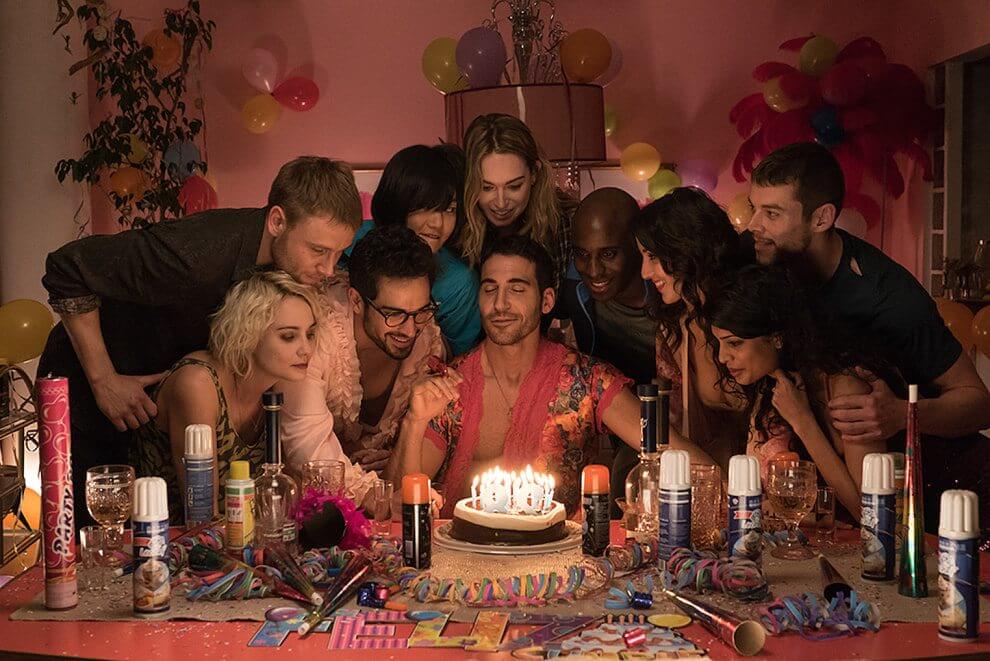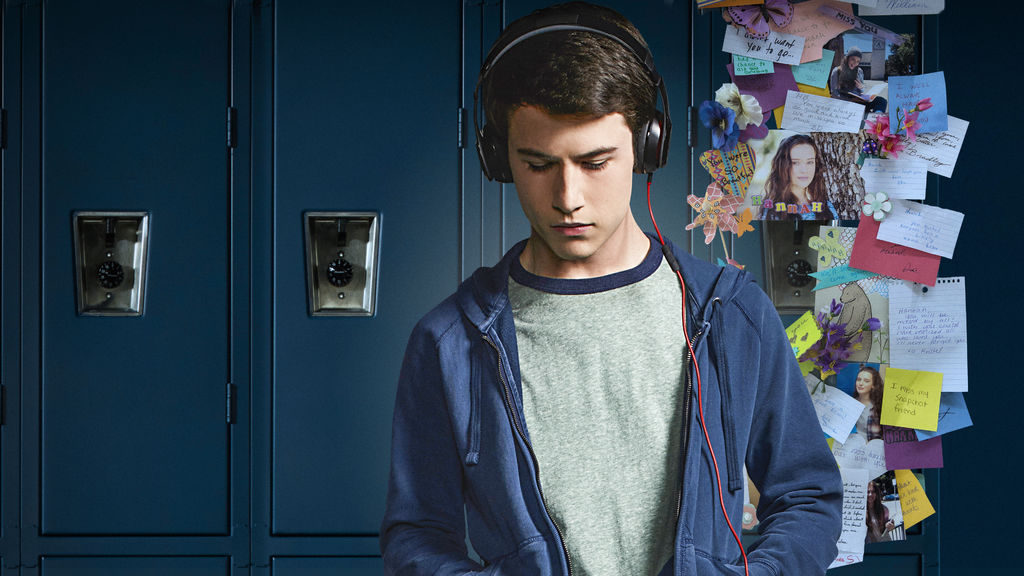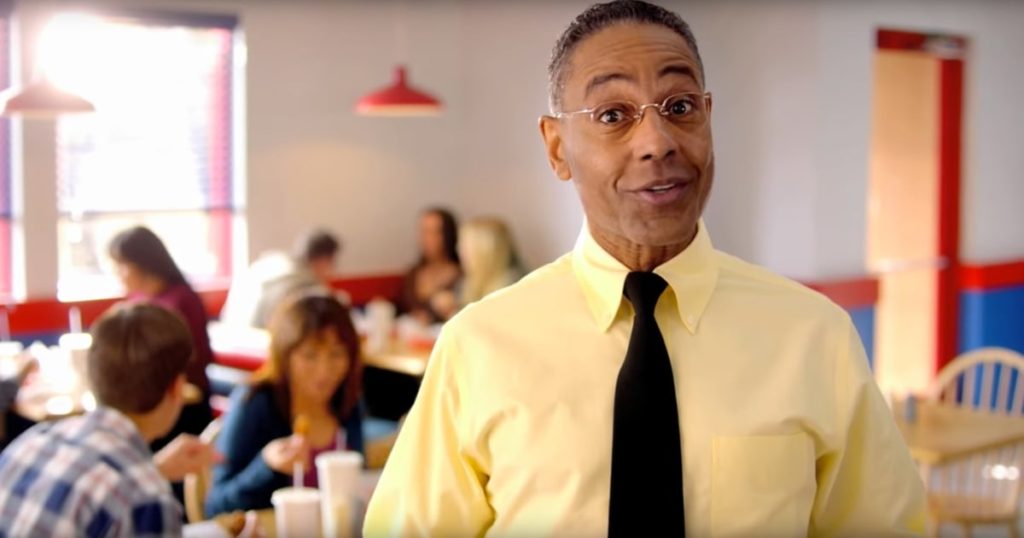Game of Thrones Season 7 Recap: Episode 5
Written by Ian Thomas Malone, Posted in Blog, Game of Thrones, Pop Culture
Bronn’s upper body strength is pretty incredible, managing to lift Jaime and all his armor from the bottom of that river. Both of them must have pretty good lungs too since everyone was gone by the time they resurfaced. Jon could have sailed to Eastwatch and back in that amount of time!
Randyll Tarly was responsible for the only Targaryen victory in Robert’s Rebellion. I don’t mention that as a book fanatic nitpicking at a detail casual fans wouldn’t remember (like Littlefinger’s old scroll), since this fact was brought up this very season, when Randyll met with Jaime in King’s Landing. The idea that he would let himself and his son be burned to death in the name of Queen Cersei of all people, who he didn’t even support at the beginning of the season, is laughable. His excuse that Dany was foreigner with no ties to Westeros is one of the worst things the show has ever tried to pass off as logic. I guess Dickon Tarly won’t be the new Lyanna Mormont. Tragic.
That scene didn’t even really serve its function as a way to set up Dany as an unpolished ruler with potential anger management issues. Sure, Varys and Tyrion had a cute little chat about the need to curtail her death by dragon fire desires, but we were also later treated to a scene building up a potential romance with Jon, a reunion with Ser Jorah of House Greyscale, and to both of these men’s departures. Are we really supposed to be “that” worried that Dany likes to burn people when she’s busy giving this many hugs?
This episode marked the fourth time that Jorah has left Dany’s company since season four. Why is he still on this show? It is honestly beyond ridiculous at this point. He has had the most ridiculous storyline of any character on this show by far. We occasionally forget that rooted in his inability to die of incurable diseases, or to simply go away, is his creepy love of Dany, who will never reciprocate his affection. Please kill him. No more reunions. He should contract a new strain of greyscale from the ice zombies.
Let’s talk about this plan to get Jon back beyond the wall to have another battle with the White Walkers. Oops, I meant to write the plan to convince Cersei that the ice zombies are real, because that’s the reason the show has given us. Because apparently, that’s a smarter idea than just sending Davos and a team of assasins into King’s Landing like season two. Or you know, dragons.
This plan is absurd for a number of reasons. Perhaps the most ridiculous of them all is the likelihood that Cersei would still not care if they existed, even if she actually believed them. It seems like quite a gamble to send Jon on a suicide mission that probably wouldn’t work even if everything went according to plan. There are many ways to get rid of Cersei. The problem is that none of these plans take eight episodes and none include a battle with ice zombies featuring several popular characters. Alas.
Joer Mormont actually tried a similar plan to prove to King’s Landing that the White Walkers were real back in A Clash of Kings. He sent Ser Alliser Thorne with the zombified hand of the wight that tried to kill him in the first book/season to convince Tyrion, then Acting Hand. The wight died on the way there. Tyrion was not convinced.
The whole plan to go capture a White Walker seems designed strictly to get Jon off Dragonstone and to reunite Tyrion with Jaime. The reunion was fun from a fan perspective, especially seeing Jaime’s conflicted guilt over his role in Tywin’s death. This is actually a case where casting logic aside made sense. Tyrion could sit down and explain why he had to shoot their father with a crossbow and it could all be rational, but it wouldn’t change the fact that Jaime’s guilt is hardly misplaced. After all, Tywin was their father, even if he was willing to let Tyrion die for a crime he knew he didn’t commit.
The show did do two things I’ve been whining about all season. Davos finally brought up that Tyrion’s wildfire killed his son in the Battle of the Blackwater and we finally heard from the knights of the Vale! I’m glad D&D read these recaps.
Gendry is back! Davos even paid homage to the long running “still rowing” fan joke. Amazing. As if we needed another reason to love Davos.
The Arya/Sansa feud was kind of strange to watch, mostly because it felt like something out of season one. Arya has spent years training at the House of the Undying to become a deadly assassin. Sansa is governing Winterfell and all the political complexities that come with it. Seeing them bicker like that ignored the immense growth these two have undergone since they last shared the screen together.
Sansa was right to not take a firm stance defending Jon against the Vale lords. They owe him nothing. They didn’t come for Jon. They came for Sansa, who is still their liege lord’s cousin even if he never makes another appearance on the show. Jon is not. He is an illegitimate Night’s Watch deserter turned king, although probably not their king. I don’t say to belittle Jon, only to describe the current situation up North.
The messy political landscape is a big part of why Littlefinger is such a great character. We, the audience, hate him because of all the terrible things he’s done to characters we like. This doesn’t change the fact that he’s also the only reason any of them are in Winterfell, saving Jon at the Battle of the Bastards. I know a lot of people want Arya to kill him and I suspect that will happen sooner rather than later, but I’ll miss him when he’s gone.
For those wondering about the scroll, she found, it appears to be the letter Sansa was coerced into sending to Winterfell back in season one, calling her father a traitor and claiming that the Lannisters were nice hosts down in King’s Landing. This appears to be an effort to turn Arya against Sansa. If only there was an omniscient character at Winterfell who could foil this plan…
Why aren’t there any brothers of the Night’s Watch at Eastwatch-by-the-sea? Davos mentioned that Jon isn’t Lord Commander and can’t just wander around wherever he wants, except that seems to be exactly what he could do. I think I might have laughed if you told me a few years ago that Jon, Gendry, Jorah, Davos, Tormund, The Hound, Beric Dondarrion, and Thoros of Myr would all be headed beyond the Wall together. Now I guess it makes perfect sense, for some reason. Logic!
Finally, we get to that bombsell that Gilly casually mentioned to Sam, only to be ignored. Apparently, Rhaegar Targaryen received an annulment freeing him of his marriage to Elia Martell, allowing him to marry Lyanna Stark. This likely means that Jon is not a bastard and also now has the best claim to the Iron Throne under Westerosi law. This is also probably a major spoiler for the books, if George R.R. Martin ever finishes writing them.
Will Gilly ever mention this again? Maybe. She doesn’t necessarily need to, with Bran ex machina presumably also knowing that, and everything else. A marriage between Dany and Jon would render this point moot as well. It was a fun revelation for the fans, even if it is a big spoiler.
That’s it for this week. A lot happened. None of it involved Theon. Hopefully that continues next week. See you then.







